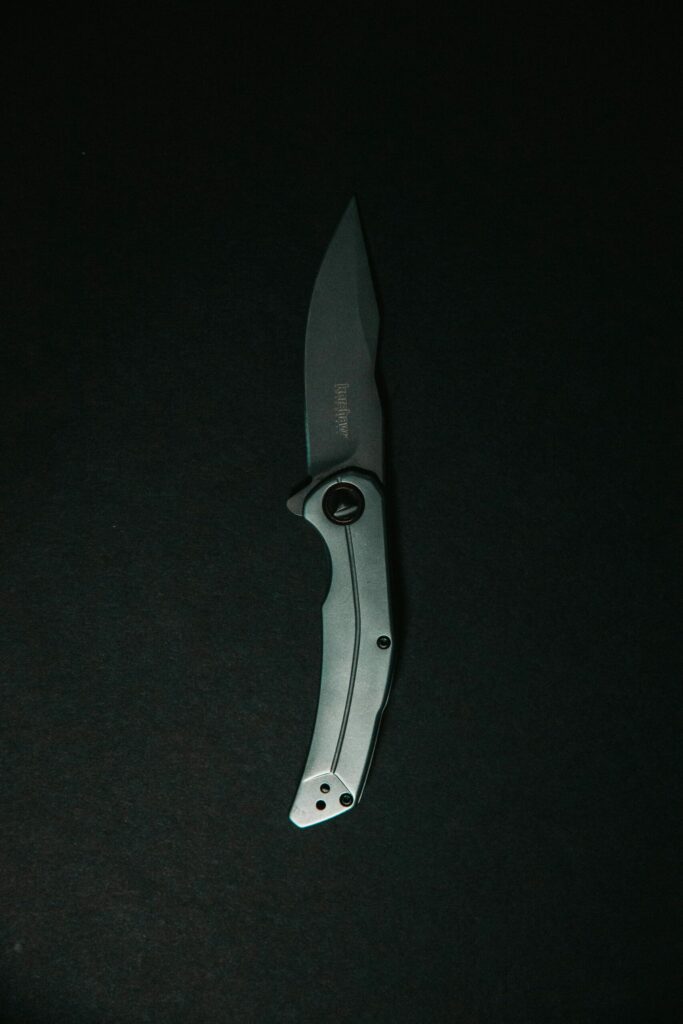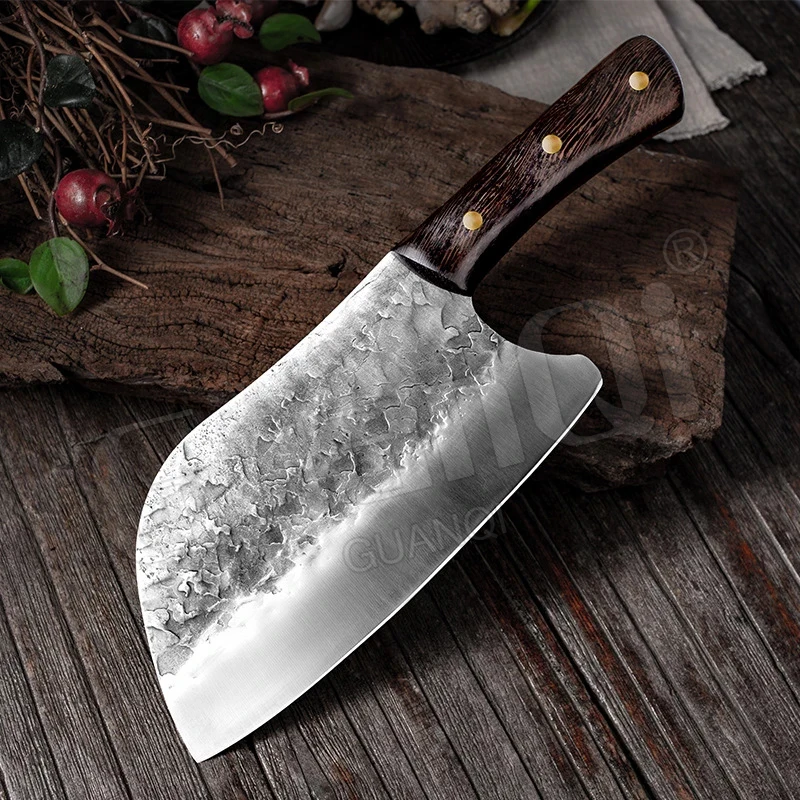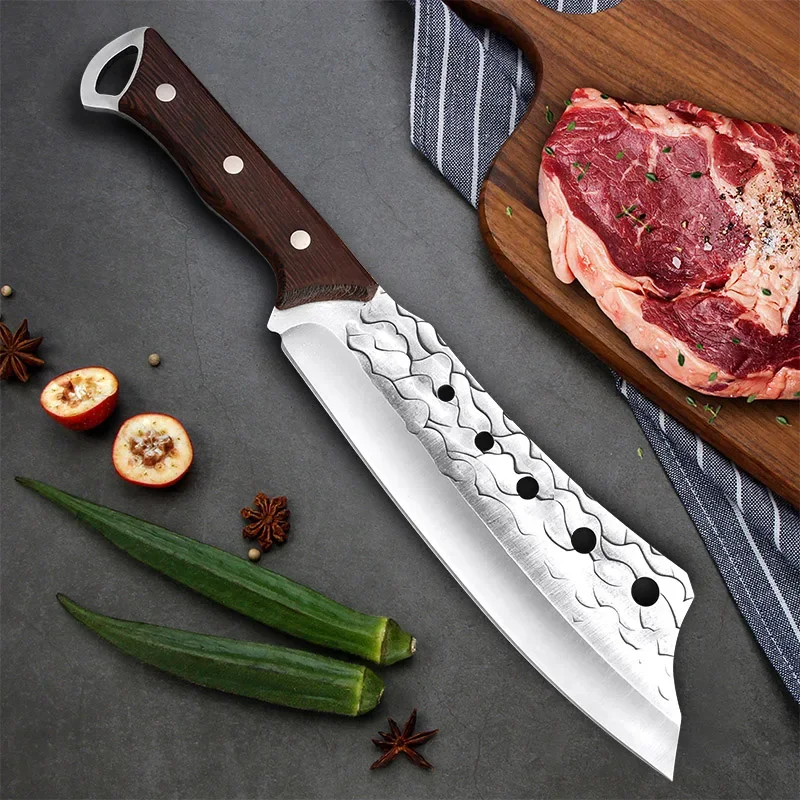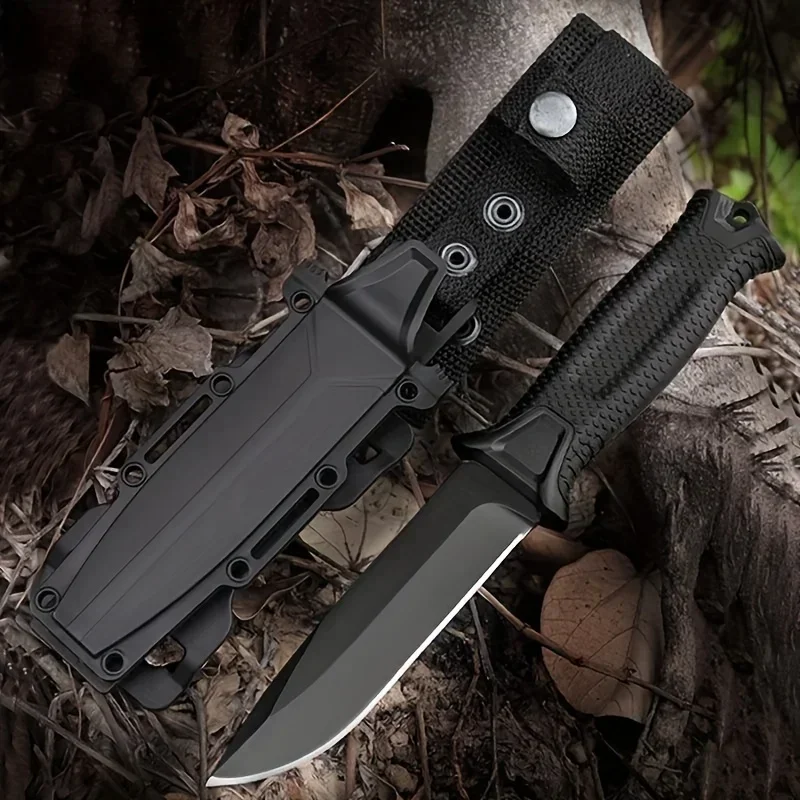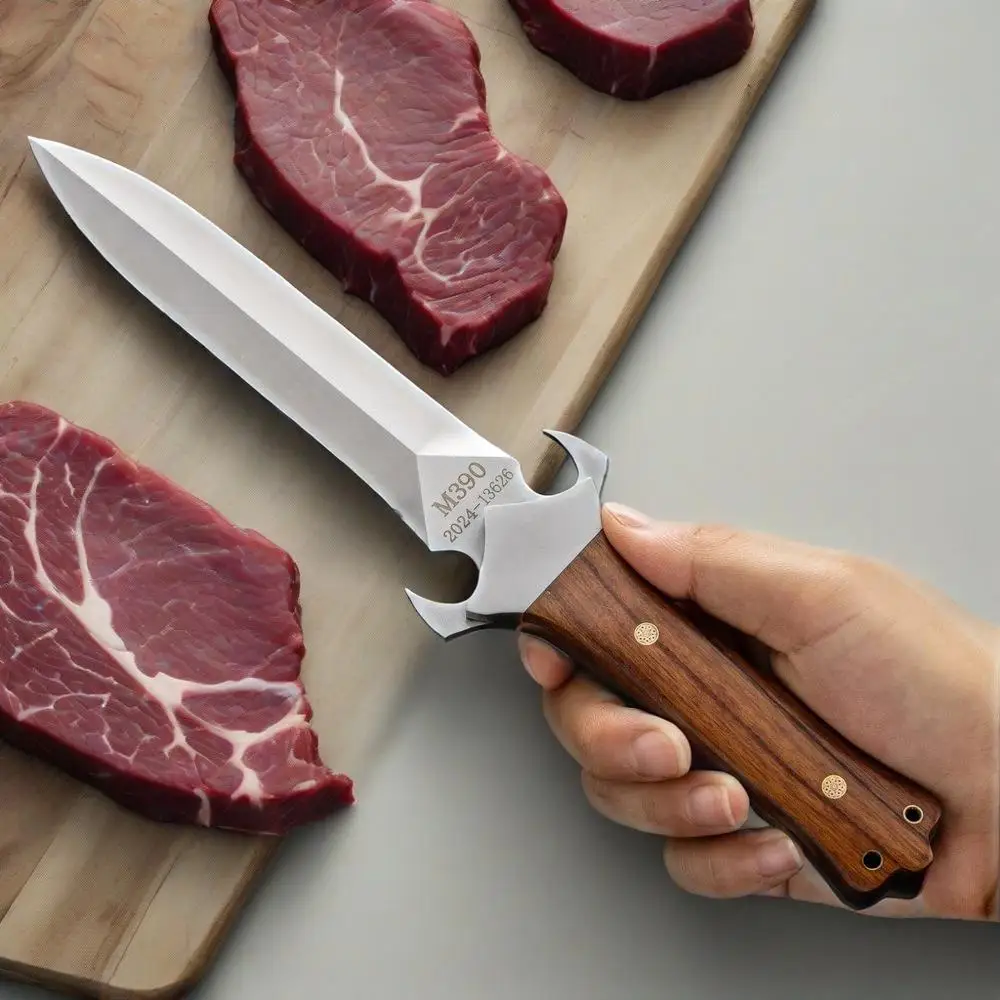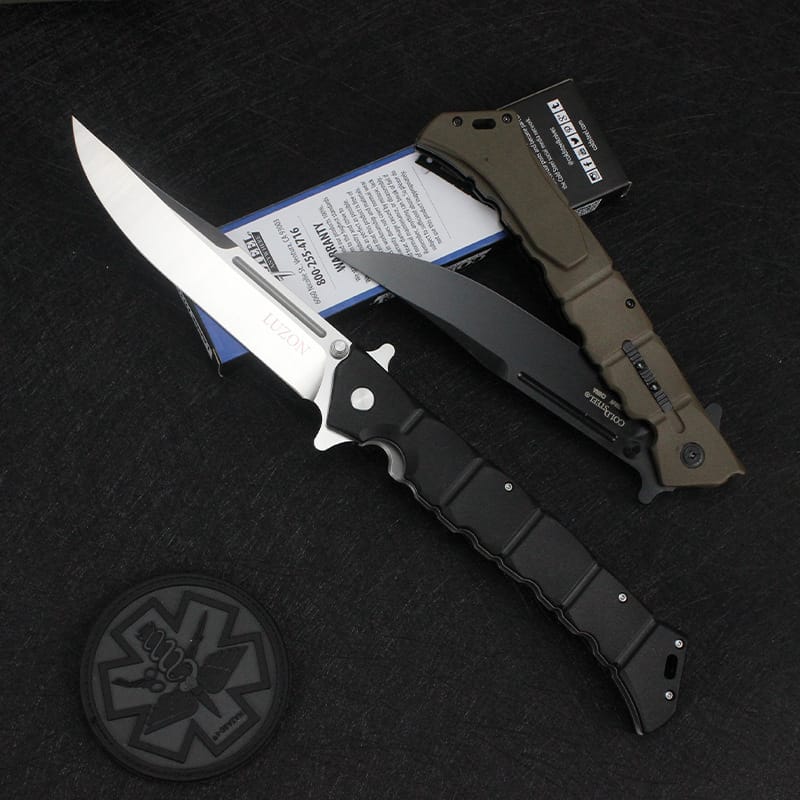Why Knives Are the Heart of Your Kitchen
The chef’s knife, often called the “kitchen workhorse,” traces its roots to 18th-century France, where blacksmiths forged wide-bladed tools for butchers and chefs. Today, its design has evolved, but its purpose remains unchanged: to tackle 80% of kitchen tasks, from dicing onions to disjointing a chicken.
When it comes to cooking, few tools are as indispensable as a good knife. Whether you’re slicing vegetables, trimming meat, or dicing herbs, the right knife can transform a tedious task into a satisfying experience. But with countless options lining store shelves and online marketplaces, it’s easy to feel overwhelmed. Which knives do you really need? How do you separate the essentials from the extras? And why does quality matter so much?
In this in-depth guide we’ll explore everything you need to know about building the perfect kitchen knife collection. We’ll cover the must-have knives for every cook, dive into specialized options for specific tasks, and share practical tips on choosing, using, and maintaining your blades. Along the way, we’ll spotlight HMMA, a brand that’s earned a reputation for crafting some of the best kitchen knives available today. By the end, you’ll have a clear roadmap for outfitting your kitchen with tools that make cooking a joy—not a chore.
- Why Knives Are the Heart of Your Kitchen
- The Essential Knives Every Kitchen Needs
- The Chef’s Knife: Your Kitchen MVP
- The Paring Knife: Precision in Small Packages
- The Serrated Bread Knife: Beyond Just Bread
- Specialized Knives: Nice-to-Haves for Specific Tasks
- The Utility Knife: The In-Between Wonder
- The Boning Knife: Meat Mastery Made Easy
- The Cleaver: Power and Precision
- The Santoku: A Japanese Classic
- The Nakiri: Veggie Chopping Champion
- Why Quality Beats Quantity Every Time
- HMMA: Crafting the Best Kitchen Knives
- How to Choose the Right Knife for You
- Blade Materials: Steel and Beyond
- Handle Design: Comfort Meets Control
- Weight and Balance: Finding Your Fit
- Knife Skills 101: Getting the Most Out of Your Blades
- Caring for Your Knives: Maintenance Tips for Longevity
- Comparing Brands: Where HMMA Stands Out
- Conclusion: Your Perfect Knife Collection Starts Here
Why Knives Are the Heart of Your Kitchen
Imagine trying to cook a meal without a knife. You’d be stuck tearing lettuce by hand, gnawing at raw carrots, or wrestling with a chicken breast using a spoon. Knives are the backbone of food prep—they’re involved in nearly every dish you make, from a simple salad to a multi-course feast. A great knife doesn’t just cut; it enhances your efficiency, improves your results, and even makes cooking safer.
I learned this lesson the hard way. Early in my cooking journey, I relied on a cheap, dull knife from a discount store. Chopping an onion took forever, and the uneven pieces cooked inconsistently. One day, it slipped while I was forcing it through a potato, narrowly missing my finger. That was my wake-up call: a good knife isn’t a luxury—it’s a necessity.
In this article, we’ll help you avoid my mistakes. We’ll start with the essentials every kitchen needs, then explore specialized options that might suit your style. And because quality is key, we’ll introduce you to HMMA, a brand that consistently delivers some of the best kitchen knives on the market. Ready to sharpen your kitchen game? Let’s dive in.
The Essential Knives Every Kitchen Needs
If you’re building a knife collection from scratch—or decluttering an overstuffed drawer—these three knives are non-negotiable. They cover 90% of kitchen tasks, making them the foundation of any setup.
The Chef’s Knife: Your Kitchen MVP
The chef’s knife is the star of the show. With a blade typically 6 to 12 inches long, it’s the most versatile tool in your arsenal. Need to dice an onion? Slice a roast? Mince garlic? The chef’s knife handles it all. Its broad, slightly curved blade allows for a rocking motion, letting you chop quickly and evenly.
I remember the first time I used a proper chef’s knife. It was like upgrading from a tricycle to a sports car—suddenly, prep work felt effortless. The key is finding one that fits you. A blade around 8 inches is a sweet spot for most people—long enough for big tasks, but not unwieldy. Look for high-carbon stainless steel for durability and sharpness, and a handle that feels secure in your grip.
HMMA makes some of the best kitchen knives in this category. Their chef’s knives are forged with precision, offering a razor-sharp edge that holds up through countless meals. Whether you’re a beginner or a pro, an HMMA chef’s knife can elevate your cooking.
The Paring Knife: Precision in Small Packages
For tasks that demand finesse, the paring knife is your best friend. Its short blade—usually 3 to 4 inches—gives you control for peeling apples, deveining shrimp, or trimming green beans. It’s the detail-oriented sibling to the chef’s knife, perfect for jobs where precision trumps power.
I once watched a friend hull strawberries with a paring knife, and it was a revelation. She zipped through a pint in minutes, leaving perfect little berries behind. A good paring knife should be lightweight and sharp enough to glide through delicate foods without tearing them. HMMA offers paring knives that rival the best kitchen knives out there, with blades that make intricate cuts a breeze.
The Serrated Bread Knife: Beyond Just Bread
Don’t let the name fool you—a serrated bread knife is more than a one-trick pony. Its long, saw-toothed blade is designed to slice through crusty loaves without squashing the soft interior, but it’s also a champ at cutting tomatoes, pineapples, or even layer cakes. The serrated edge grips the surface, letting you saw through tough exteriors with ease.
My bread knife saved the day when I baked my first homemade sourdough. The crust was rock-hard, but the knife cut clean slices without flattening the loaf. Aim for a blade at least 8 inches long to tackle bigger items. HMMA serrated knives are among the best kitchen knives for this job, blending sharpness with durability.
Specialized Knives: Nice-to-Haves for Specific Tasks
The essential trio will carry you far, but if you love to cook—or have specific prep habits—these specialized knives can take your skills up a notch. They’re not must-haves for everyone, but they shine in the right hands.
The Utility Knife: The In-Between Wonder
The utility knife lives in the Goldilocks zone—bigger than a paring knife, smaller than a chef’s knife. With a 4- to 7-inch blade, it’s ideal for tasks that don’t quite fit either extreme, like slicing sandwiches, cutting mid-sized veggies, or trimming chicken breasts.
I keep a utility knife handy for quick jobs—like slicing a block of cheese for a snack. It’s versatile enough to fill gaps in your lineup. HMMA utility knives are crafted with the same care as their best kitchen knives, offering reliability for those in-between moments.
The Boning Knife: Meat Mastery Made Easy
If you’re a meat lover, a boning knife is a game-changer. Its thin, flexible 5- to 7-inch blade is built to separate meat from bone, making it perfect for filleting fish or trimming pork chops. The narrow shape lets you navigate tight spots with precision.
I tried deboning a chicken with a chef’s knife once—disaster. A boning knife made it feel like surgery, in the best way. Look for flexibility and a sharp tip. HMMA boning knives rank among the best kitchen knives for meat prep, with blades that flex just right.
The Cleaver: Power and Precision
The cleaver is the heavyweight champ of knives. Its thick, rectangular blade—often 6 to 8 inches—chops through bones and tough cuts like a hot knife through butter. It’s a butcher’s favorite, but home cooks who break down whole chickens or ribs swear by it too.
My first cleaver chop was a revelation—it split a pork bone clean in half. Balance is key; it should feel sturdy but controllable. HMMA cleavers are some of the best kitchen knives for power tasks, blending heft with craftsmanship.
The Santoku: A Japanese Classic
The Santoku, a Japanese all-rounder, is a lighter alternative to the chef’s knife. Its 5- to 7-inch blade has a flatter edge and often features dimples (called grantons) to reduce sticking. It excels at slicing, dicing, and chopping, especially veggies and fish.
I borrowed a friend’s Santoku once, and its nimble feel won me over. It’s a cultural twist on the chef’s knife, perfect for precision lovers. HMMA Santokus join their lineup of best kitchen knives, merging tradition with top-tier quality.
The Nakiri: Veggie Chopping Champion
Another Japanese gem, the Nakiri is a veggie-chopping specialist. Its straight, 5- to 7-inch blade delivers clean, downward cuts, making it ideal for julienning carrots or slicing cabbage. It’s less versatile than a chef’s knife but unbeatable for plant-based prep.
I watched a chef wield a Nakiri at a market demo—cucumbers fell into perfect slices like magic. HMMA offers Nakiris that rank among the best kitchen knives for veggie enthusiasts, with edges that make every cut a pleasure.
Why Quality Beats Quantity Every Time
It’s tempting to grab a cheap 12-piece knife set and call it a day. I did that once—half the blades dulled in a month, and the handles felt like plastic toys. Quality knives aren’t just nicer; they’re smarter. Here’s why:
- Longevity: Premium knives, made from high-grade steel, resist wear and tear. You’ll replace them less often.
- Performance: A sharp, well-crafted blade cuts cleaner and faster, improving your food’s look and taste.
- Safety: Dull knives slip more, raising injury risk. Quality blades stay sharp longer.
- Comfort: Ergonomic design reduces fatigue, especially during big cooking sessions.
HMMA embodies this philosophy. Their best kitchen knives are built to last, perform, and feel great in your hand. Investing in a few great knives beats a drawer full of mediocrity any day.
HMMA: Crafting the Best Kitchen Knives
In a sea of knife brands, HMMA stands tall. They’ve mastered the art of blending old-school craftsmanship with modern tech. Each knife starts with high-carbon stainless steel—strong, sharp, and rust-resistant. From there, HMMA forges blades with precision, ensuring every cut feels effortless.
The HMMA best kitchen knives 8-inch chef’s knife exemplifies modern engineering. Forged from SG2 super steel—a premium Japanese alloy—it holds an edge 3x longer than generic brands. The PakkaWood handle, resistant to moisture and heat, ensures a secure grip even during marathon meal preps. As Chef Elena Martinez notes, “I’ve used my HMMA chef’s knife daily for two years. It’s survived everything from butternut squash to pineapples without a single chip.”
What makes HMMA special? It’s the details. Their handles—made from durable, grippy materials—fit your hand like a glove. The balance between blade and handle is spot-on, reducing strain. And their sharpening process? Top-notch, delivering edges that stay keen through heavy use.
I’ve heard stories from cooks who’ve switched to HMMA. One said, “My HMMA chef’s knife turned chopping into a joy—I can’t go back.” Another praised their cleaver: “It’s heavy-duty but so easy to control.” These aren’t just tools; they’re kitchen companions. For some of the best kitchen knives around, HMMA is hard to beat.
How to Choose the Right Knife for You
Picking a knife isn’t one-size-fits-all. Your cooking habits, hand size, and budget all play a role. Here’s what to consider:
Blade Materials: Steel and Beyond
Most knives use stainless steel, but not all are equal. High-carbon stainless steel—like what HMMA uses—combines sharpness with corrosion resistance. Carbon steel is sharper but rusts easier. Ceramic blades are ultra-sharp and lightweight but can chip. For most, high-carbon stainless is the gold standard.
Handle Design: Comfort Meets Control
A handle should feel natural. Wood looks classic but can wear out; synthetic materials like those on HMMA knives offer durability and grip. Test it—does it slip when wet? Does it cramp your hand? Comfort matters.
Weight and Balance: Finding Your Fit
Some love a hefty knife for power; others prefer light for agility. The balance point—where blade meets handle—should feel neutral. HMMA nails this, making their best kitchen knives adaptable to any preference.
Try knives in person if you can. Your perfect match depends on you.
Knife Skills guide: Getting the Most Out of Your Blades
A great knife is only as good as your technique. Here are basics to master:
- Grip: Hold the handle firmly, or pinch the blade’s base for control.
- Cutting Motion: Rock the chef’s knife for chopping; use a straight push for Nakiris.
- Safety: Curl fingers under when guiding food—keep knuckles out front.
Practice makes perfect. With HMMA best kitchen knives, you’ll feel the difference as your skills grow.
Caring for Your Knives: Maintenance Tips for Longevity
Treat your knives right, and they’ll last decades. Here’s how:
- Sharpen: Use a whetstone every few months. Dull blades are dangerous.
- Hone: A honing steel realigns the edge between sharpenings—do it weekly.
- Wash: Hand-wash with mild soap; dry immediately. Dishwashers ruin knives.
- Store: Use a block or magnetic strip. Loose drawers dull blades.
HMMA best kitchen knives are built tough, but care keeps them pristine.
Comparing Brands: Where HMMA Stands Out
How does HMMA stack up? Budget brands cut corners—flimsy steel, poor balance. High-end names often overcharge for flash. HMMA hits the sweet spot: premium quality, fair pricing. Their best kitchen knives outshine competitors in durability and feel, without breaking the bank.
Your Perfect Knife Collection Starts Here
You don’t need a dozen knives—just the right ones. Start with a chef’s knife, paring knife, and bread knife. Add specialized blades if your cooking calls for it. Prioritize quality, and maintain them well.
For top-tier options, check out HMMA. Their best kitchen knives blend craftsmanship and performance, making them a smart choice for any kitchen. Visit www.hmma.art to explore their lineup—your next favorite knife is waiting.
Why choose HMMA kitchen knife ?
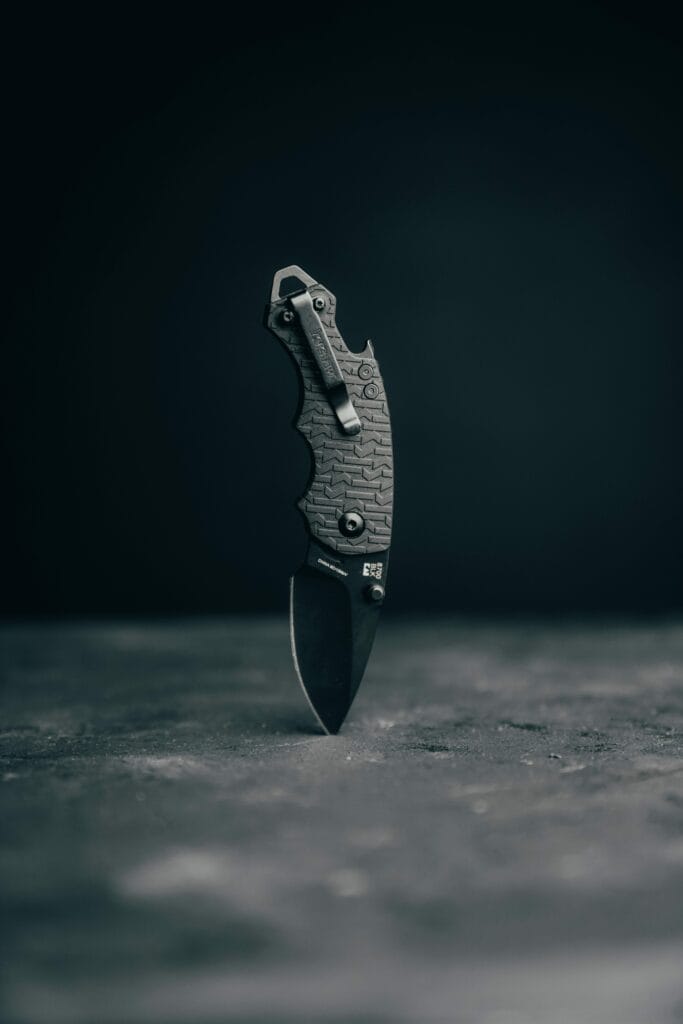
We are a knife factory with 30 years manufacturing experience
HMMA has large range of knives, which including hunting knives, kitchen knives, tactical knives and so on…
